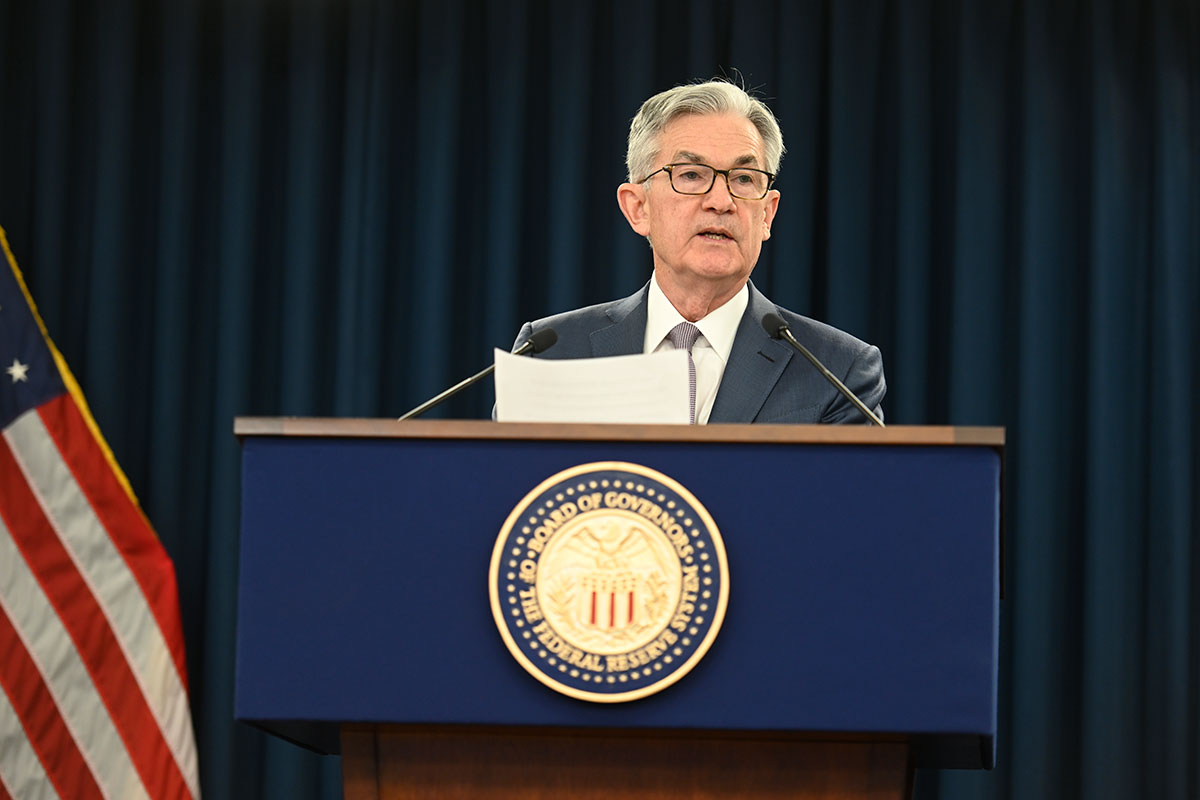Because central banks with hard rates are attacking the markets

The renewed aggressiveness of central banks shook the markets in early July, marking simultaneous losses on the equity and bond markets. The analysis of Marco Piersimoni, Senior Investment Manager of Pictet Asset Management
After a month of June which recorded good performances between stocks and bonds, the beginning of July is taking on a different colour. For a few moments, in fact, the specter of 2022 reappeared and we witnessed a new fear on the part of the markets for the renewed aggressive attitude of the central banks, including simultaneous losses on the equity and bond markets. Undoubtedly, these are decidedly more composed and convincing movements compared to the disorder of 2022. What could be the reactions of the markets to the different scenarios?
THE MANUFACTURING-SERVICES DICHOTOMY
From a macroeconomic point of view, the dichotomy that has already been present for several months between two macro-sectors continues: on the one hand, the manufacturing sector is in severe pain globally, while services are holding up convincingly. It should be remembered that the dynamism of services supports the growth of the sector as a whole, also given the greater weight that services have in advanced economies. On a general level, economic activity is continuing to proceed at a growth rate that is not exciting but certainly not close to the long-feared recessionary levels. The business confidence indicators, which are useful for understanding future trends, also confirm the different phases in which the manufacturing and service sectors find themselves. Leading indicators of industrial activity, from the US ISM manufacturing index to the German IFO index and global manufacturing PMIs are all showing contraction, while service sector confidence surveys are in the expansion zone.
INFLATION DATA IN JUNE
The inflation data communicated in June and relating to the month of May confirm the downward trajectory of price dynamics; this descent appears convincing, but in the eyes of central banks it does not seem fast enough. The monetary policy authorities never miss an opportunity to express their concern in this regard. In the United States, labor market data show only tentative signs of a slowdown in job creation, while wage dynamics still do not meet the FED 's wishes. The market can only register these signals, especially painful for the short-term part of the yield curve. And the peak of the cycle of increases is moved a few basis points higher as the weeks go by: in the United States we are close to five and a half, in the Euro area we are at 4%, while in the United Kingdom we are even close to 6.5%. The long parts of the curves paradoxically find comfort in this continued vigilance of monetary policy and suffer less.
LONG-TERM THEMES
Equity markets are partly comforted by the current macroeconomic dynamics and look to the US earnings season, which is about to get into full swing. Long-term issues remain in the background, although they also affect the current trend in share prices, in particular those relating to artificial intelligence and its effects on the labor market and company productivity. In this regard, both macro and micro estimates are starting to be increasingly precise and the possible beneficiaries and employees of what appears to be a real technological revolution are becoming increasingly clear. China also deserves a separate chapter, where the dynamics of growth and inflation are decidedly moderate, to the point of causing concern for a possible deflationary scenario.
There is obviously no shortage of uncertainties, but we believe that the current investment scenario offers some interesting starting points, perhaps most importantly, the renewed possibility of portfolio construction activity. The correlations between financial assets have in fact returned to function and volatility, especially that linked to bonds, is decreasing, in the face of overall returns on shares and bonds which today justify an approach and an active presence on the markets.
This is a machine translation from Italian language of a post published on Start Magazine at the URL https://www.startmag.it/economia/banche-centrali-tassi-alti-mercati/ on Sun, 23 Jul 2023 05:26:07 +0000.
